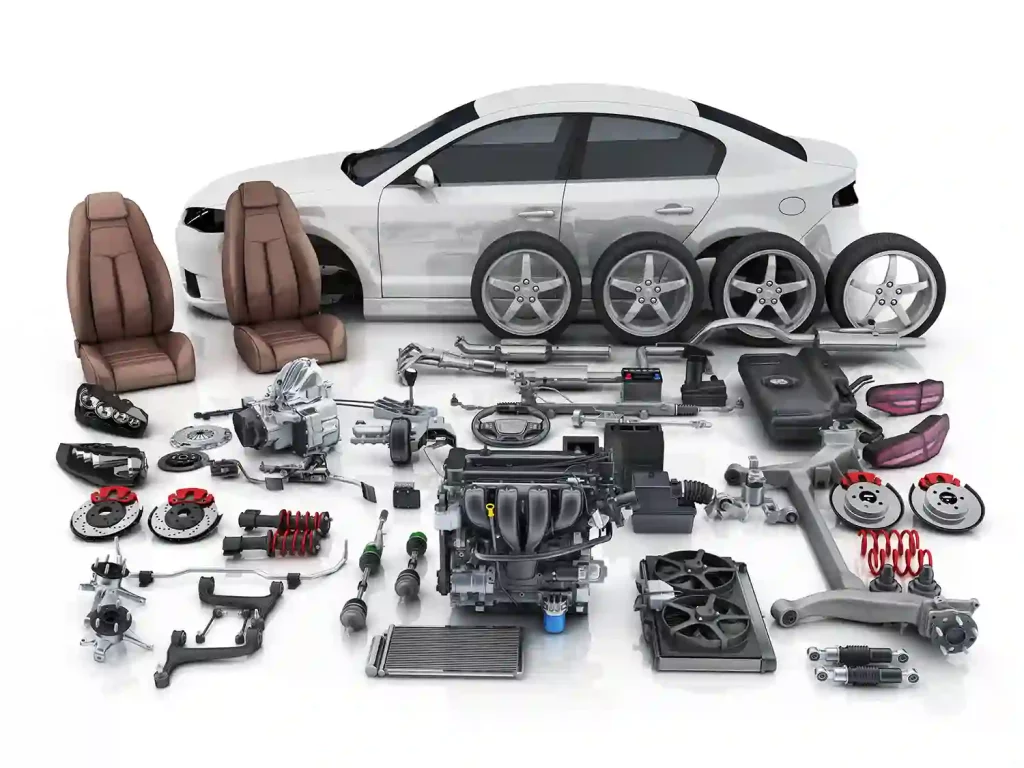
Best Essential Tips For Buying Used Car Parts
In a perfect world, our cars would never break. But they do, and when they do we have to find a way to fix them.
One option is to buy used car parts. This can save you 30-75% on a replacement part and is friendly to the environment. But it takes time to source and inspect the parts.
Salvaged Vehicle Parts
Salvaged auto parts come from cars that have been deemed to be total losses by insurance companies. These parts are then stripped for usable components that can be used to repair another vehicle. These used parts can be more cost effective than new replacements, but there are quality concerns since they are not tested before being sold.
The process of using salvaged car parts varies from yard to yard. Some may only offer the entire car for sale, while others will allow you to take individual components off of a vehicle. It is important to find a salvage yard that offers a good warranty for second hand car parts, as it will help protect your investment and ensure the part you buy is functional and reliable.
If you don’t have the time or resources to spend at a junkyard or salvage yard, a dealer auction is an alternative. These online dealer auctions are limited to licensed dealers and can make it easy for you to find and purchase a salvaged vehicle for use in your restoration project.
When you buy a salvaged vehicle for auto parts, be sure to ask the seller to provide detailed photos and a description of the damage. This will help you to determine if the salvaged vehicle is a good option for your restoration project.
Junkyard Parts
A trip to the junkyard is a gearhead rite of passage. It’s where you find the parts you need for a repair, or for a restoration project. It’s also where you learn that one man’s trash is another’s treasure. There’s no shortage of gems to find, from a new radiator to a pristine engine. The key is to know what you’re looking for, and to prepare for the effort of working in a salvage yard.
Junkyards are usually divided into two categories: the “pick-n-pull” do-it-yourself yards where you enter, identify what you need, and take it out yourself; and the full-service junkyards run by professional staff. Some are specialized, such as those that only contain Honda parts, or classic car yards. Others may have a wider selection of makes and models.
Whether you’re heading to a Pick-n-Pull yard or a full service junkyard, it’s best to bring your own tools to perform the work of removal. A wrench set, a screwdriver set, a mallet to tap loose stubborn pieces, and clamps for holding portions of large parts while you remove them are essential. You should also bring a multimeter, especially to test electronics like alternators and batteries. It’s important to be able to tell if a used part has pre-existing issues before you buy it. It can be very frustrating to spend hours removing a component only to discover it’s faulty.
Recycled Auto Parts
LKQ (low-kilowatt) auto parts are recycled car parts that are reconditioned to be as good as new. These are used by collision and mechanical repair shops to keep car repairs affordable. They typically cost 20 percent to 80 percent less than brand-new original equipment auto parts and are an environmentally sound alternative. They help preserve natural resources, reduce air and water pollution and divert materials from landfills.
Almost every part of a vehicle can be recycled. Metals such as aluminum, iron and steel can be melted and reformed into something else entirely. This saves energy and reduces emissions compared to mining for raw material from the ground. Plastics such as the dashboard and interior can be repurposed into a variety of new products too. Even tires, which are usually disposed of in landfills, can be transformed into asphalt, synthetic turf and playground floors.
It takes a lot of work to dismantle a car, but many of the parts can live on in some form. Most parts are recyclable, and recycling them prevents a large amount of waste from ending up in landfills or the woods. It also helps reduce the contamination caused by car chemicals like antifreeze and engine oil in soil and water. This is especially important as the world struggles with finite supplies of raw materials.
New Auto Parts
If you want to repair or upgrade your vehicle with new parts, you can purchase these from a dealership or aftermarket retailer. The selection of replacement auto parts varies by type (new, rebuilt or recycled), price and warranty.
Junkyard parts are a great resource when you need to replace your vehicle’s tires or rims, for example. They are usually in excellent condition because junked cars are typically damaged by impact rather than rust. Tires and rims are built to withstand considerable pressure and weight, so they typically have good mileage left when they arrive in the yard.
Aftermarket parts are cheaper and can often be used as a substitute for original equipment manufacturer parts. However, these components are not manufactured by the carmaker and may not be of the same quality as the original part. In addition, aftermarket products are rarely backed by the same warranty as OEM parts.
When it comes to choosing a place to purchase replacement car parts, many shoppers turn to their local auto dealerships. They are a trusted source of standard OEM manufacturer parts and can verify the compatibility of replacement components with a vehicle’s make and model. Additionally, they can use the VIN number to help find a specific part quickly. Dealerships typically have their own parts departments and can provide a range of services, including installation.
